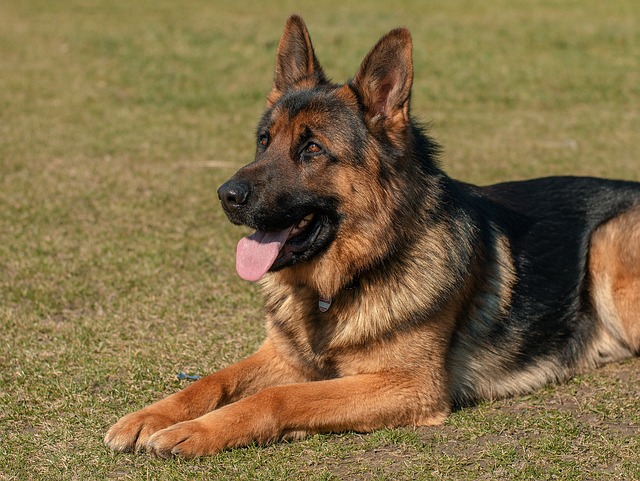
How do i train my dog to be obedient?
Watching your dog dart across the park ignoring your calls isn’t just frustrating—it can put them at risk near busy streets or public spaces.
Many new dog owners find themselves torn between Belgian Malinois and German Shepherds, wondering if one is truly trickier to train. It’s a common question at local dog parks, where you might see a Shepherd calmly following commands while a Malinois zips around, eager for more action. The truth isn’t about “harder”—it’s about matching the dog’s energy and needs to your lifestyle, which matters just as much as training techniques.
Both breeds are highly intelligent, but their drives set them apart. German Shepherds often thrive on structured tasks, like fetching a ball or learning obedience cues, making them a bit more adaptable to casual training routines. Belgian Malinois, though, have an intense work drive—they’re the kind of dog that gets bored if you skip a training session, which can look like “difficulty” when they act out. For example, a Shepherd might be happy with a 30-minute walk and a quick training game, but a Malinois might need that plus agility drills or scent work to stay focused.
 Training success also depends on using positive methods, which aren’t just a preference—they’re encouraged in most U.S. communities. Punishment can make either breed anxious, but Malinois may react more strongly due to their sensitivity. Instead, try reward-based training: a treat for sitting, or praise for walking nicely on a leash. This works for both, but Malinois may need shorter, more frequent sessions to keep their attention.
Training success also depends on using positive methods, which aren’t just a preference—they’re encouraged in most U.S. communities. Punishment can make either breed anxious, but Malinois may react more strongly due to their sensitivity. Instead, try reward-based training: a treat for sitting, or praise for walking nicely on a leash. This works for both, but Malinois may need shorter, more frequent sessions to keep their attention.
Don’t forget local rules, which play a role in training too. Most areas require dogs to be vaccinated and leashed in public, so training your pup to walk calmly on a leash isn’t just about good behavior—it’s compliance. Also, cleaning up after your dog is non-negotiable; a well-trained dog that waits to go potty in appropriate spots (a skill both breeds can learn) makes following these rules easier. For apartment dwellers, Malinois may need extra outdoor time to burn energy, while Shepherds might adjust slightly better to smaller spaces—though both need daily activity.
In the end, neither breed is inherently harder to train. Belgian Malinois need more mental and physical stimulation, and they respond best to consistent, positive training. German Shepherds are often a bit more laid-back in their learning style but still require commitment. The key is understanding your dog’s needs, sticking to positive methods, and following local rules—this will set you and your pup up for success, no matter which breed you choose.

Watching your dog dart across the park ignoring your calls isn’t just frustrating—it can put them at risk near busy streets or public spaces.

New puppy owners often find themselves rushing to clean up accidents before they set in, and that’s where puppy pad training becomes a game-changer.

If you've noticed your dog's waistline disappearing and your veterinarian has mentioned those few extra pounds, your first instinct might be to simply reduce the amount of food in their bowl.

Training a dog to use a designated spot indoors isn’t as daunting as many new owners fear, but it does take consistency and an understanding of your pet’s needs.

That moment of dread on a walk is all too familiar for many new dog owners. You see another dog approaching down the sidewalk of your neighborhood

If the sight of another dog on your neighborhood walk makes your heart sink as your own dog erupts into a frenzy of barking and lunging, you're not alone.